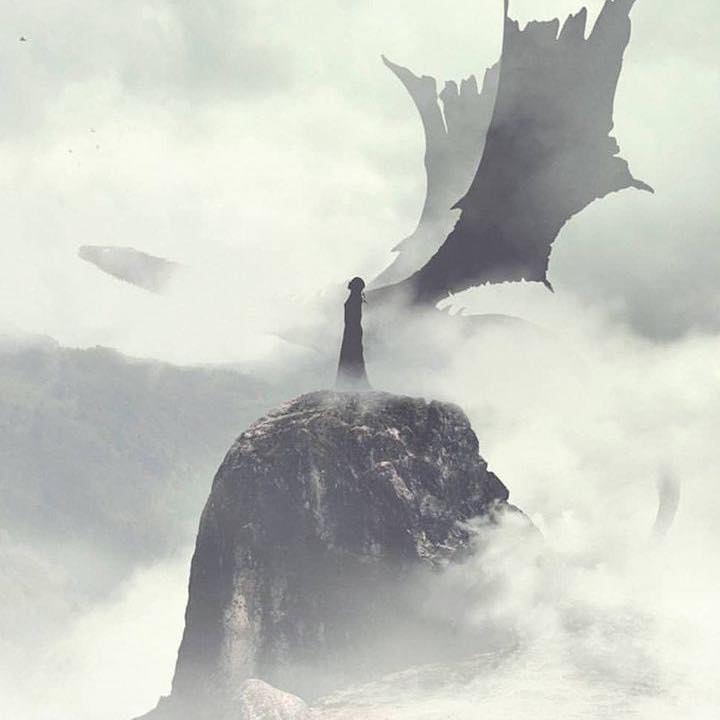
Vlad Dracula also named Tepes, was probably born in Sighisoara, Transylvania, in 1431. He was a member of the Basarab dynasty; the House of Draculesti. He had three reigns and the second one is the most important of them.
He spent his youth:
- as a child at Sighisoara(Schassburg),Transylvania, and later in Targovişte (the capital of Wallachia) at his father's court;
- later as a prisoner of the Turkish Sultan
- adolescence as a wandering prince in Moldavia, Transylvania, Hungary, and Constantinople.
He occupied the throne in his second reign as the Turkish Sultan’s vassal, but also as the Hungarian King’s vassal. This might sound strange, but the situation in that time imposed a double allegiance in exchange for keeping the autonomy of the land.
Vlad tried to apply his father’s principle of ruling the land: "If a man is strong inside his kingdom he could do whatever he wants, but if he is weak inside another one will come over him and impose his will over him."
As soon as he occupied the throne, he tried to encourage economy and commerce in Vallachia and built fortresses and churches all over his land (among them were the fortresses of Bucuresti, Poienari, Targoviste and the fortified monasteries from Comana and Snagov). He also imposed his absolutist regime, giving harsh punishments to criminals and to those who tried to oppose him.
His new flourishing economic politics had put him in conflict with the Saxon "burgs" that formed the so-called Siebenburgen (7 Saxon-populated autonomous towns of southern Transylvania), which started to give shelter to his opponents from the Danesti House and ignore the trading restrictions imposed by Vlad Tepes at Wallachia`s borders. These and the killing of the Wallachian emissaries were the causes of the campaigns of punishment against the Saxon cities in the first few years of his reign.
In secret he made an alliance with Mattias Corvin, the Catholic King of Hungary and the one who ruled the autonomous Transylvania at that time. In the same time, he refused to pay the tribute to the Sultan (economical goods but also young children who could serve as future soldiers), motivated by the fact that he had no money because of the campaigns against the Saxon burgs.
The punishing campaigns against Saxons determined in turn a "badmouth campaign" that tried (and succeeded later) to defame the image of the Voivode all over the Occident.
The Turkish emperor sent a small army that was supposed to catch Vlad, using guile, and bring him in chains to the Sultan for not paying his tribute.
Vlad, who was a prisoner in his childhood at the Turkish court, figured out about this trap and surrounded the small Turkish army, impaling them all. He immediately started a campaign at the south of the Danube, killing and beheading over 20,000 Turk soldiers and allowing a large amount of Christian Bulgarian population to find shelter in Wallachia.
The Turkish Sultan was engaged in an Asian campaign at that time and he counter-attacked no sooner than the next year, in the summer of 1462. He raised the biggest army since the conquering of Constantinople (somewhere between 90,000 and 300,000 men) and attacked the Prince who brought terror to his Empire.
On the other side of the Danube, Vlad called to arms all the population of Wallachia raising about 20,000 to 40,000 Wallachians, mostly peasants.
He used in his defense various tactics, some of them pioneering tactics at that time:
- he burned the land and poisoned the waters crossing the path of the invaders, retreating all the population in the dark immense woods and in the Carpathian Mountains;
- he used guerrilla tactics, harassing the Sultan’s troops and never met the huge Turkish army in the open field;
- he initialized biological warfare, managing to infiltrate all the plagued and diseased people of Wallachia into the Turkish army ranks;
- he disguised himself wandering through the Turkish camp to gather information;
- he attacked the Turkish camp during the night spreading fear and trying to assassinate the Sultan himself;
- he impaled all the Turkish soldiers caught (about 20,000) 5km away from his capital, Targovişte.
Finally the Sultan ceased to follow him in the mountains and woods (the Turks tried to catch Vlad in his fortress at Poienari, in the mountains but he escaped the siege). On his way back to the Empire, Mehmet II burned the city of Braila to have a little revenge for his huge losses and pretend that the campaign was victorious at his returning in Constantinople.
He left behind (somewhere near the Danube) with a part of the Turkish army, Radu cel Frumos (Radu the Handsome or Radu the Beautiful), the younger brother of Vlad. Vlad won at least two battles against his brother, but because of the approaching winter and the tempting offers of Radu, he was left without allies as well as army and took refuge over the mountains, in Transylvania.
Despite the immense amount of money sent by the Pope to help Vlad against the Turks, the King of Hungary, Mattias Corvinus, preferred to launch a war against Frederic III of Austria for the Hungarian Crown and imprisoned Vlad on the basis of some forged letters. These were made by Transylvanian Saxons, who presented the Voivode as a repentant Turkish subject.
After many years, toward the end of 1476, he regained his throne for a brief period, being killed a short time after his last victorious battle. The burial place of his body remains unknown to this day, despite some rumors of his burial at Snagov monastery.
Some historical sources and legends say that he was beheaded and his head was exposed in Istanbul.
He was a ruler from the gallery of the absolutist European rulers at his time and a fighter for the independence of his country just like the other rulers of the Balkans (Greek, Macedonian, Serbian, Bulgarian and Moldavian).
Some see him as a sadistic madman who liked to wash his hands in human blood, some a most vivid example of Machiavelli`s Prince, some a hero of Christianity (as the Pope himself called him) and some a defender of a small country and of his people in very hard times.
Certainly, Vlad III Dracula was a personality which must be known in the light of his times and ideas, not in ours and based on the most reliable historical sources put together, not on rumors and mystification.
For more information please read the Dragon Order of CFF page.
Sources:
* Matei Cazacu, Dracula,Editura Humanitas, Bucuresti, 2008
* Stefan Andreescu, Vlad The Impaler (Dracula), The Romanian Cultural Foundation Publishing House, Bucuresti, 1999
* Radu Stefan Vergatti, Vlad Tepes - Dracula, Editura Minerva, Bucuresti, 1996
* R.Constantinescu, Codicele Altenberger, Editura Meridiane, Bucuresti, 1988
* Sergiu Columbeanu and Radu Valentin, Vlad Dracul, Editura Militara, Bucuresti, 1978
*Manole Neagoe, Vlad Tepes, Editura Politica, Bucuresti, 1977
* N.Stoicescu, Vlad Tepes, Editura Academiei Romane, Bucuresti, 1976
|









